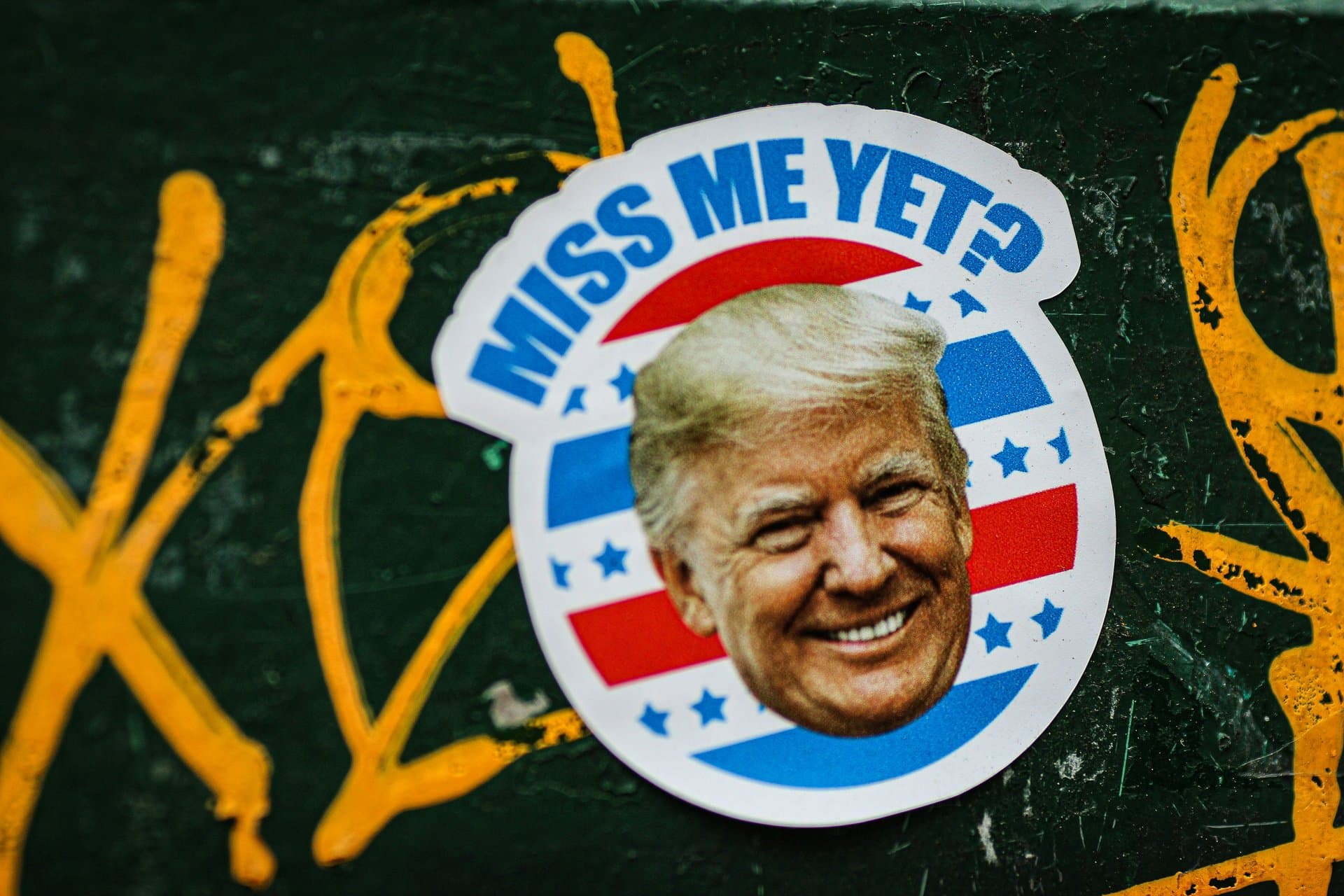Trump Narrows Fed Chair Search: What It Means for Monetary Policy
Explore President Trump’s latest moves in selecting Jerome Powell’s Federal Reserve successor, revealing key candidates and the impact on U.S. monetary policy and economic direction.

Key Takeaways
- Trump excludes Treasury Secretary Scott Bessent from Fed chair candidacy
- Jerome Powell’s chair term ends May 2026, with Board term until 2028
- Potential successors include Fed governors Kevin Warsh and Christopher Waller, and NEC’s Kevin Hassett
- Trump criticizes Powell’s rate policies and Fed spending but won’t remove him early
- Fed leadership choice will shape U.S. monetary policy and inflation approach

The hunt for the next Federal Reserve chair is heating up as President Trump narrows his list of candidates to succeed Jerome Powell. With Powell’s chairmanship set to expire in May 2026, the spotlight falls on a select group of contenders, including familiar faces like former Fed governor Kevin Warsh and National Economic Council director Kevin Hassett. Treasury Secretary Scott Bessent, once rumored as a frontrunner, has been ruled out by Trump himself, who confirmed Bessent prefers to remain at Treasury. This leadership shuffle at the Fed carries weighty implications for U.S. monetary policy, especially amid ongoing debates about interest rate cuts and inflation management. Let’s unpack the key players, political dynamics, and what this means for the economy’s future direction.
Narrowing the Fed Chair Field
President Trump has trimmed the list of potential successors to Jerome Powell down to four candidates, making the Fed chair race more focused than ever. Among these contenders are two familiar Kevins: former Fed governor Kevin Warsh and Kevin Hassett, the National Economic Council director. Trump’s recent CNBC interview clarified that Treasury Secretary Scott Bessent, once a rumored favorite, will not be nominated as he prefers to stay at Treasury. This revelation sharpens the spotlight on the remaining candidates and signals Trump’s intent to announce a decision soon.
The narrowing of the field reflects both political strategy and personal preferences. Warsh brings experience from his tenure as Fed governor during the 2008 financial crisis, while Hassett offers close ties to Trump’s economic policies. The inclusion of Fed Governor Christopher Waller among the possibilities adds another layer of expertise. This concentrated pool sets the stage for a high-stakes decision that will influence the Fed’s direction in the years ahead.
Understanding Powell’s Tenure Timeline
Jerome Powell’s current term as Federal Reserve chair began in February 2018 and is set to expire in May 2026. While his chairmanship will conclude then, his overall term as a Fed governor extends until January 2028. This distinction matters because the chair position is a presidential appointment separate from the governor seat, allowing for potential shifts in leadership without a full board turnover.
Trump has expressed frustration with Powell’s handling of interest rates and Fed spending but has decided against removing him prematurely. Instead, the focus is on selecting a successor once Powell’s term ends. The White House also hopes Powell will step down from the Board of Governors after his chairmanship, which would open another seat for presidential appointment. This timeline creates a window for strategic nominations that could reshape the Fed’s policy stance.
Profiles of Leading Candidates
Kevin Warsh stands out as a seasoned Fed insider, having served as governor from 2006 to 2011. He was a key liaison to Wall Street during the 2008 financial crisis and has recently criticized the Fed’s approach to inflation and spending. Warsh advocates for reforming the institution and has called for a ‘regime change’ to restore credibility.
Kevin Hassett, meanwhile, is a trusted economic adviser to Trump with a history in the first Trump administration. He has publicly supported rate cuts and has indicated openness to the Fed chair role if chosen. Fed Governor Christopher Waller, also in the running, dissented in recent policy meetings by favoring rate cuts. Each candidate brings a unique blend of experience and policy views that will shape the Fed’s future path.
Trump’s Critique and Fed Independence
Trump’s public criticism of Powell centers on the Fed’s perceived sluggishness in lowering interest rates and the costly renovation projects at the Fed headquarters. He has voiced frustration that the central bank ‘has lost its way’ and needs a reformer to ‘break some heads.’ Despite these harsh words, Trump has refrained from removing Powell before his term ends, signaling respect for the institution’s independence amid political pressures.
This stance aligns with warnings from financial leaders cautioning against politicizing the Fed. The balance between presidential influence and central bank autonomy remains delicate. Trump’s approach suggests a strategic patience, focusing on the next appointment rather than disrupting current leadership, which could unsettle markets and economic stability.
Implications for U.S. Monetary Policy
The selection of the next Federal Reserve chair will have profound effects on U.S. monetary policy, especially regarding interest rates and inflation control. Trump’s preference for rate cuts contrasts with Powell’s cautious approach, highlighting a potential shift toward more aggressive monetary easing. Such changes could lower borrowing costs, stimulate economic growth, and impact global financial markets.
Moreover, vacancies like Fed Governor Adriana Kugler’s upcoming departure add complexity to the Board’s composition. New appointments will influence the ideological balance and policy decisions. For investors and consumers, these leadership changes underscore the importance of monitoring Fed signals, as they directly affect mortgage rates, credit availability, and overall economic momentum.
Long Story Short
President Trump’s public dismissal of Scott Bessent as a Fed chair candidate marks a defining moment in the central bank’s leadership saga. With a narrowed field including seasoned insiders like Kevin Warsh and Kevin Hassett, the next Fed chair will face the challenge of balancing inflation concerns with calls for rate cuts. Trump’s critiques of Powell’s cautious approach and Fed spending hint at a desire for a more aggressive monetary stance. Yet, Powell remains in place until his term ends, underscoring the delicate dance between political influence and Fed independence. For investors and everyday Americans alike, the upcoming nomination signals a pivotal shift that will ripple through borrowing costs, economic growth, and financial markets. Staying informed and adaptable will be key as this story unfolds.